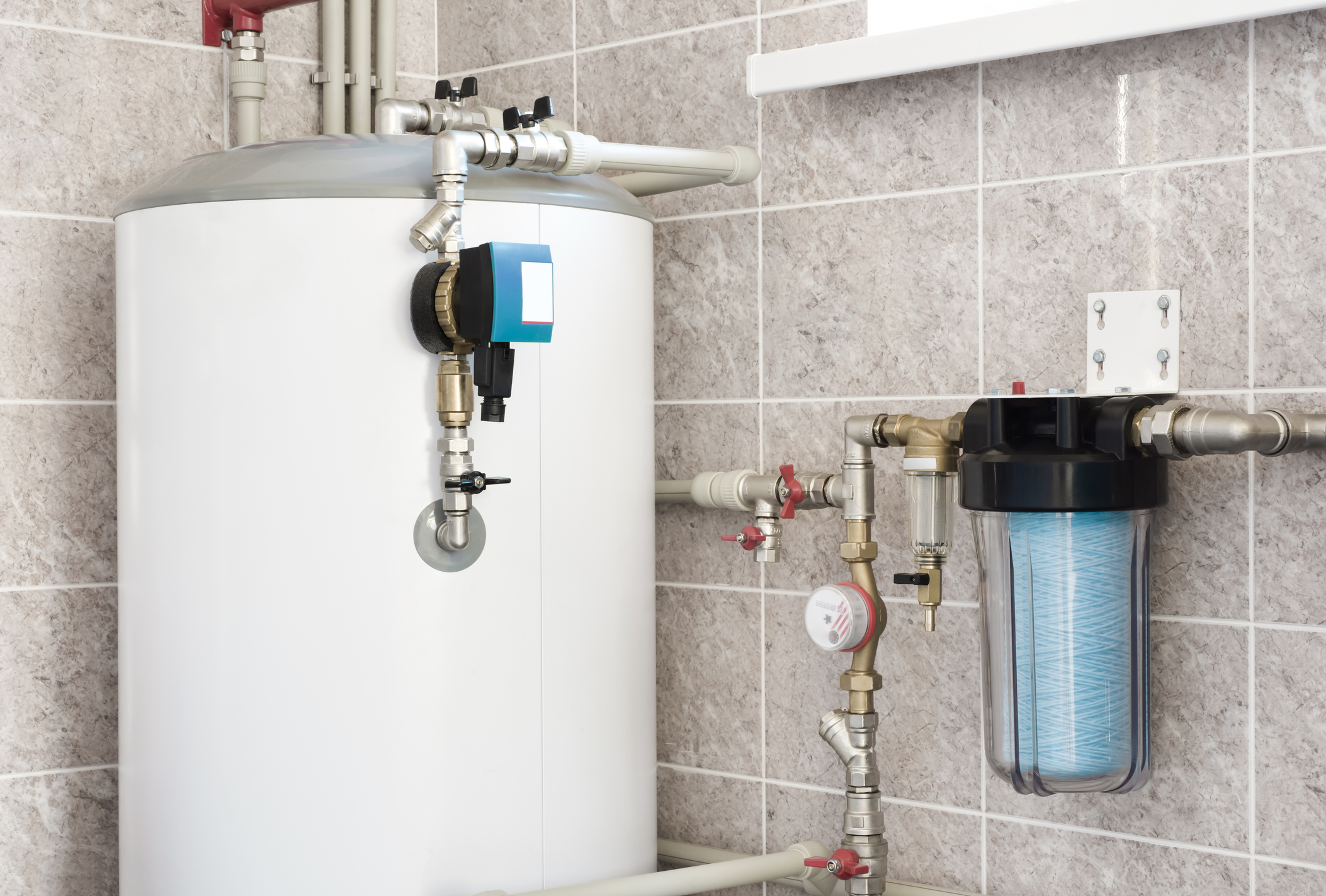Steps to Successfully Maintain Your Home's Hot Water SystemEfficient Strategies for Maintaining Your Home's Hot Water System
Steps to Successfully Maintain Your Home's Hot Water SystemEfficient Strategies for Maintaining Your Home's Hot Water System
Blog Article
Have you been trying to find help and advice concerning Water Heater Maintenance Tips You Can't Afford to Forget?

Warm water is necessary for day-to-day convenience, whether it's for a revitalizing shower or cleaning dishes. To ensure your warm water system runs efficiently and lasts longer, regular maintenance is key. This article gives practical tips and understandings on just how to keep your home's warm water system to stay clear of disturbances and pricey fixings.
Intro
Preserving your home's warm water system may seem challenging, but with a few simple steps, you can ensure it runs efficiently for several years to find. This guide covers everything from understanding your hot water system to do it yourself upkeep ideas and understanding when to contact specialist aid.
Value of Preserving Your Hot Water System
Regular upkeep not only prolongs the life expectancy of your hot water system yet additionally ensures it operates successfully. Disregarding upkeep can lead to lowered performance, higher energy costs, and also premature failure of the system.
Indicators Your Hot Water System Needs Maintenance
Recognizing when your hot water system needs focus can stop major concerns. Watch out for signs such as irregular water temperature level, unusual sounds from the heater, or corroded water.
Understanding Your Warm Water System
Before diving into maintenance tasks, it's helpful to comprehend the standard elements of your warm water system. Generally, this consists of the hot water heater itself, pipes, anode poles, and temperature controls.
Regular Monthly Upkeep Tasks
Regular regular monthly checks can aid catch small problems before they rise.
Flushing the Hot Water Heater
Purging your water heater eliminates debris buildup, enhancing performance and prolonging its life.
Monitoring and Changing Anode Rods
Anode rods prevent rust inside the tank. Checking and changing them when worn is crucial.
Checking and Adjusting Temperature Level Setups
Readjusting the temperature settings makes sure optimum performance and safety.
Do It Yourself Tips for Upkeep
You can execute several maintenance jobs yourself to maintain your hot water system in top condition.
Looking for Leakages
Regularly examine pipelines and links for leakages, as these can bring about water damages and greater costs.
Testing Stress Relief Valves
Testing the pressure safety valve ensures it operates appropriately and prevents excessive pressure accumulation.
Protecting Pipelines
Protecting warm water pipelines lowers warmth loss and can conserve power.
When to Call a Professional
While do it yourself maintenance is helpful, some concerns need professional competence.
Facility Issues Requiring Expert Assistance
Examples include major leaks, electrical problems, or if your water heater is consistently underperforming.
Regular Specialist Upkeep Advantages
Specialist upkeep can consist of extensive assessments, tune-ups, and guaranteeing conformity with safety and security criteria.
Conclusion
Routine maintenance of your home's hot water system is necessary for performance, long life, and price financial savings. By adhering to these tips and understanding when to seek professional help, you can make certain a trusted supply of hot water without unexpected disruptions.
Water Heater Maintenance Tips
Test the TPR Valve
Shut off the power and the cold-water supply valve. Place a bucket under the pipe connected to the temperature-pressure-release (TPR) valve on the top or side of the tank. (This valve opens if the tank pressure gets too high.) Lift the valve’s tab to let some water out, then let go. If water keeps flowing, drain the tank partway, unscrew the old valve with a pipe wrench, and install a new one. Check the Anode Rod
Put a hose to the tank’s drain cock and let out a few gallons of water. Now fit a 1 1/16-inch socket onto the rod’s hex head on top of the heater (or under its top plate) and unscrew the rod. If it’s less than ½ inch thick or coated with calcium, buy a new one, wrap its threads with Teflon tape, put it back in the tank, and tighten securely. Use this segmented rod if headroom above the tank is limited. Drain the Tank and Wash Out Sediment
Drain the remaining water in the tank into the bucket, then stir up the sediment on the tank’s bottom by briefly opening the cold-water supply valve. Drain and repeat until clean water comes out of the hose. Close the drain cock, refill the tank, and turn its power back on. Adjust the Temperature
Find the temperature dial on the side of the tank and unscrew its cover. Adjust the dial to 120 degrees using a flathead screwdriver. For every 10 degrees the temperature is lowered, you can expect to save up to 5 percent in energy costs. Turn the water heater off or the thermostat down to its lowest setting if you plan to be away from home for more than three days. Insulate the Pipes
Buy some self-sticking 3/8-inch-thick foam pipe insulation that matches the pipes’ diameter. Slide the foam over the hot-and cold-water pipes as far as you can reach. Insulating the cold-water pipe prevents condensation in summer. Peel the tape and squeeze the insulation closed. If the pipe is 6 inches or less from the flue, cover it with 1-inch-thick unfaced fiberglass pipe wrap. https://www.thisoldhouse.com/plumbing/21016402/how-to-maintain-a-water-heater

Do you really like reading up on How to Maintain a Hot Water Heater in a Few Simple Steps? Try to leave a remark below. We'd be happy to see your thinking about this blog entry. We are looking forward that you come back again soon. Do you know another individual who is in the market for the niche? Please feel free to promote it. We cherish reading our article about Water Heater Maintenance Tips You Can't Afford to Forget.
More Details Report this page